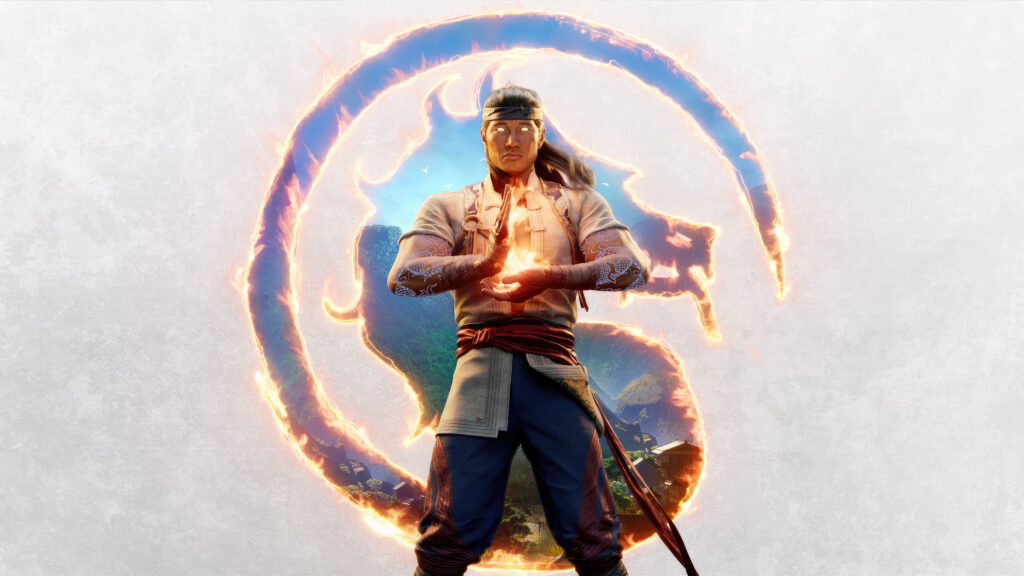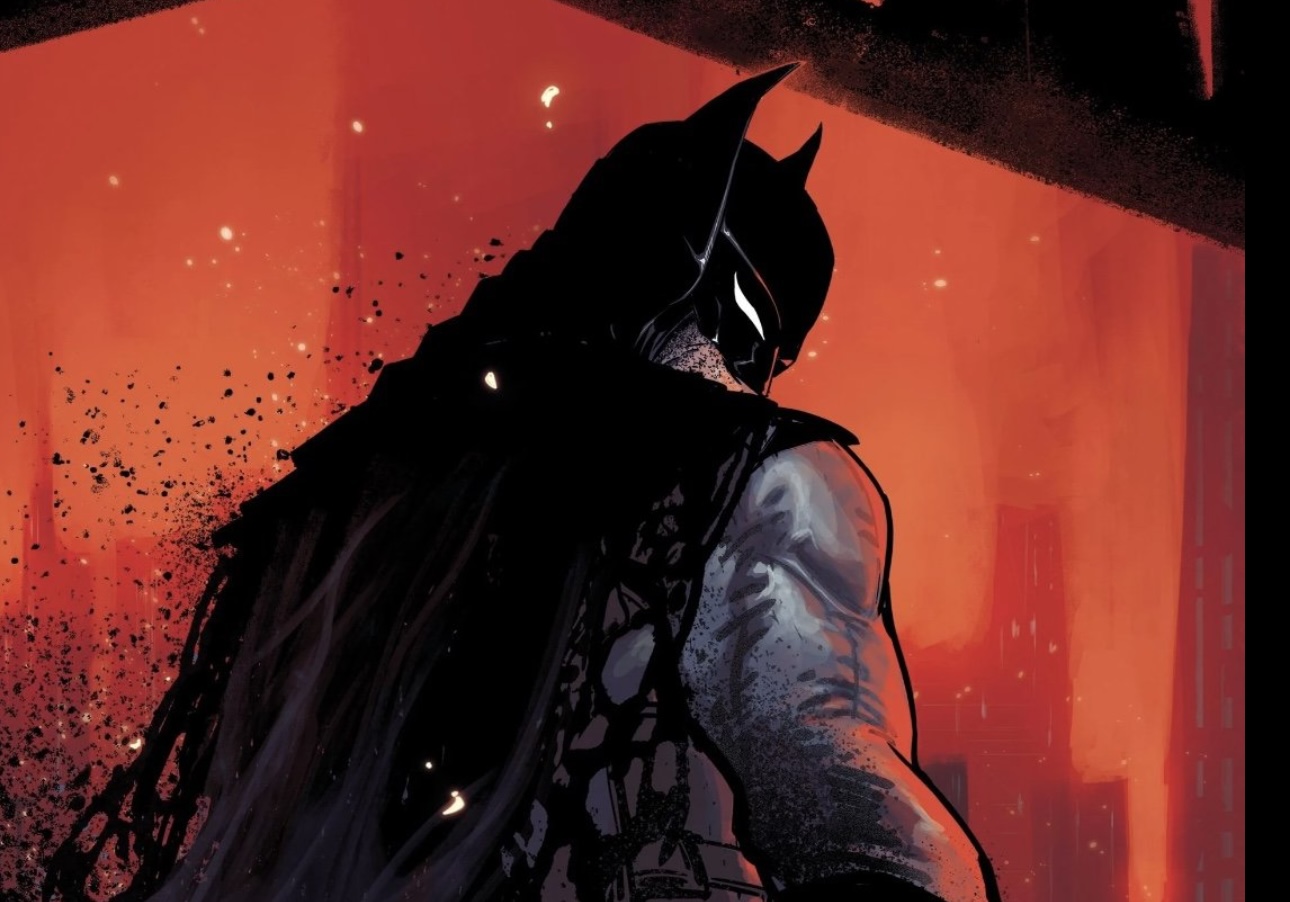In the realm of modern media, the concept of the multiverse has emerged as a powerful and enduring narrative tool. While the idea of multiple parallel realities had been explored in fiction before, it was DC Comics’ epic crossover event, Crisis on Infinite Earths, that played a transformative role in making the multiverse a vital element in storytelling. This article will delve into how Crisis on Infinite Earths made the multiverse a vital concept, and why other properties have embraced it, leading to a multiverse boom in today’s entertainment landscape.

The Birth of Crisis on Infinite Earths:
Crisis on Infinite Earths, a 12-issue limited series published from 1985 to 1986, was a bold and ambitious undertaking by DC Comics. Written by Marv Wolfman and illustrated by George Pérez, it was created to simplify DC’s intricate and often contradictory continuity. However, its impact transcended the pages of comics. Crisis told the story of the multiverse’s destruction and rebirth, condensing it into a single, coherent universe. This event was a reset button for DC, providing a clean slate for its characters and storylines. Beyond its impact on comic book lore, Crisis on Infinite Earths became a cultural phenomenon. It featured various Earths with alternate versions of beloved characters, igniting fan discussions and cementing the concept of the multiverse as a captivating storytelling device.

The Multiverse Boom in Modern Media:
Fast forward to today, and the multiverse has become a prevalent theme across various forms of media. Here’s why other properties have eagerly incorporated multiverses:
1. Marvel’s Cinematic Universe (MCU): Inspired by Crisis, the MCU introduced the multiverse concept through films like Doctor Strange in the Multiverse of Madness and the Disney+ series Loki. This expansion allows Marvel to explore countless realities, enhancing storytelling potential and connecting various franchises.

2. Spider-Verse in Animation: Sony’s animated film Spider-Man: Into the Spider-Verse showcased the multiverse by bringing together Spider-People from different dimensions. The film’s success demonstrated the appeal of multiverse storytelling and led to the development of more Spider-Verse projects.

3. Star Wars and The Mandalorian: Even in a galaxy far, far away, the multiverse concept found its place. The Mandalorian introduced the idea of interconnected Star Wars shows, creating a shared universe with crossover potential, akin to the multiverse.

4. DC’s Expanded Universe: Building on the success of Crisis on Infinite Earths in the Arrowverse, DC continues to explore multiverses across different platforms. The DCEU’s The Flash film is set to embrace the multiverse, connecting various iterations of DC characters.

5. Mortal Kombat: The most recent property and arguably one of the more popular is Mortal Kombat. The newest game entry deals a lot with the multiverse. If you haven’t been following the story, Liu Kang was the keeper of time and has restarted the timeline with a fresh take on the battle of Earthrealm. This does include a multiverse with different versions of characters.

Crisis on Infinite Earths laid the foundation for the multiverse’s resurgence in modern media. Its impact on comics, television, and film has reshaped storytelling, allowing for intricate narratives, character crossovers, and endless creative possibilities. As more properties incorporate multiverses into their universes, it’s clear that this concept will remain a driving force in entertainment for years to come, providing fans with exciting, interconnected adventures across multiple realities.




